
On September 8, Queen Elizabeth II, the oldest and longest-reigning monarch in the history of the British crown, died. Over the seventy years of her reign, the queen had become a true symbol of resilience and longevity, as well as a role model and one of the most recognizable women on the planet. Elizabeth successfully coped not only with the duties of the queen: she was lucky enough to marry for love and become a mother, grandmother, and great-grandmother.
Elizabeth Alexandra Mary was born on 21 April 1926 in London to the Duchess and Duke of York. When Elizabeth's father, George VI, ascended the throne, the British people fell in love with Princess Lilibet - she was constantly invited to festive events and they were glad to see her at social receptions. Having become queen after the death of her father, Her Majesty aroused respect and admiration among her subjects for her endurance and hard work. In 2015, Elizabeth II broke the record of her great-great-grandmother, Queen Victoria, and became the longest-reigning British monarch. During her 70-year reign, 15 prime ministers of Great Britain, 14 presidents of the United States, and 9 heads of the USSR and Russia were replaced. According to the National Statistical Service, 81% of the inhabitants of Great Britain were born in the era of Elizabeth II and did not find other monarchs.
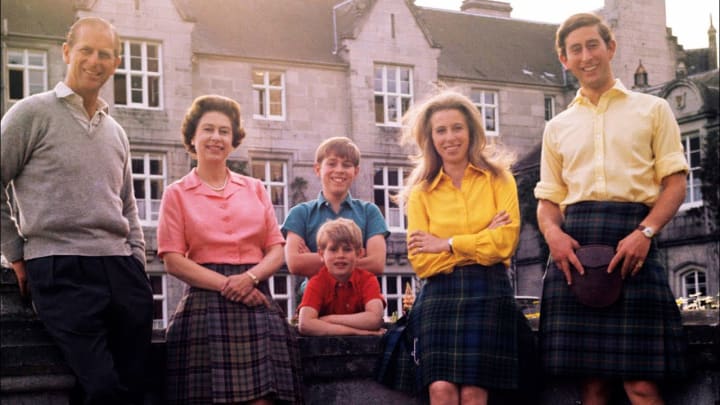
The most public figure in the United Kingdom and the Commonwealth of Nations was also the most closed: the Queen's feelings and thoughts were always hidden from prying eyes. Only from the comments of the people around the monarch, we could see a multifaceted portrait - a strong-willed woman and a disciplined official, a tireless fashionista and a fan of chocolate, horse racing, and the cutest corgi dogs.
Even the directors who make provocative films and series about the British monarchy involuntarily bowed to the greatness of the Queen. Now it is hard to imagine that before taking the throne, Princess Lilibet was a shy girl. Her ardently beloved father, King George VI, whom she looked up to in everything, unexpectedly died, and in 1952, responsibility for governing the country passed to the 25-year-old Elizabeth. British culturologist Brian Kozlowski in the royal biography Long Live the Queen! writes that accession to the throne significantly changed the character of Elizabeth - she accepted her vocation and the whole burden of responsibility as the meaning of her life. Governance became her incentive to work hard and hard.
“By the sudden death of my dear father, I am called to assume the duties and responsibilities of sovereignty. My heart is too full for me to say more to you today than I shall always work, as my father did throughout his reign, to advance the happiness and prosperity of my peoples, spread as they are all the world over."
Throughout her reign, Elizabeth II delivered a Christmas speech every year, which, according to tradition, has been broadcast on television for many years, and for the first time, residents of Great Britain and the Commonwealth countries not only heard this address of the Queen but also saw it in 1957.
Elizabeth adhered to a stable and well-planned regimen, which helped her to correctly allocate her time. The royal morning began at 7.30 and her entire working day was scheduled by the minute. While the maid was preparing morning tea and taking a bath, Elizabeth listened to the news on the radio and read newspapers: her favorites were The Daily Telegraph and The Racing Post. After breakfast, the queen was awaited by state affairs. All documents were delivered to her in a special red leather case. The audience with each guest at Her Majesty lasted 20 minutes: she received ambassadors, bishops, officials, and the military. Meetings with the Prime Minister were held on Wednesdays and only tete-a-tete. Also, the monarch’s daily schedule usually included various kinds of trips: business meetings, and official and charitable events. At half past seven in the evening, the Queen went over the minutes of the meeting of Parliament, and if there were no planned visits, she devoted herself to simple worldly joys and watched TV - the Queen preferred the Downton Abbey series. The lights out in the palace are scheduled for 11 p.m. but, they say, the light in the windows of Elizabeth's bedroom was the last to go out.

In public, the queen symbolized English restraint, but historian and royal biographer Sally Bedell Smith refutes the opinion about the "iron" character of Elizabeth. She claims that the queen was much more spirited than it seemed. Also, Elizabeth was not averse to joking. The Independent newspaper describes an incident that occurred in Balmoral during the queen's walk through her lands: she ran into a group of tourists who did not recognize her - instead of the bright outfit and hat familiar to the public, Elizabeth wore ordinary walking clothes and a scarf. The tourists asked if she had seen the queen, to which she replied that she had not, and, looking back at her guard, who was following nearby, added: “But he has.”
“We may hold different points of view but it is in times of stress and difficulty that we most need to remember that we have much more in common than there is dividing us.”
At events, Elizabeth II was always visible from afar. Her elegant and, as a rule, flamboyant outfit informed everyone present who was the queen there. They say that Elizabeth was persuaded to add rich and neon colors to her wardrobe by her first personal dresser Angela Kelly. With Kelly's encouragement, Her Majesty also launched her own design award, the Queen Elizabeth II Award for British Design. The honorary statuette was first presented by the Queen to designer Richard Quinn as part of London Fashion Week on February 20, 2018. By nature, Elizabeth had a good taste in choosing accessories and jewelry for outfits, but she had a special love for handbags. Over the past forty years, the monarch has preferred the Launer brand, and the whole world has long known about the secret "language" of Elizabeth's handbags. At Launer, Elizabeth always wore reading glasses, mints, lipstick, and a pen.
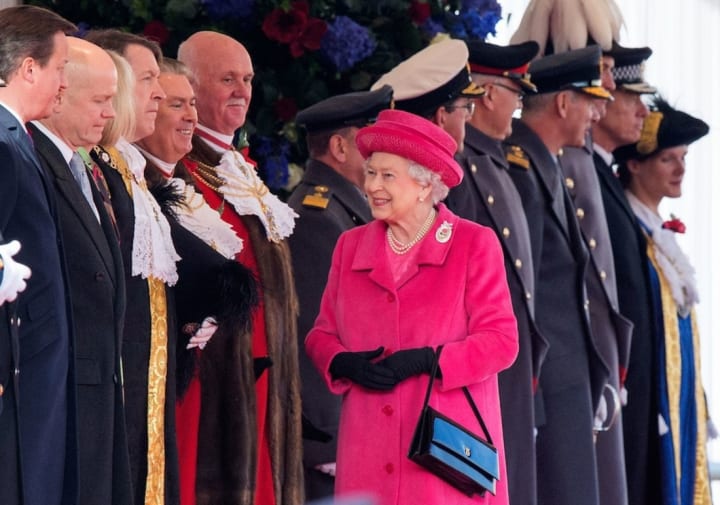
Life in the palace dictates certain rules of nutrition: for example, shellfish are forbidden to monarchs, because they can cause allergies or poisoning, which would be extremely inopportune during an official reception or meeting. In daily life, the queen favored foods with high nutritional value and avoided starchy foods: potatoes, rice, and pasta could only be prepared for guests. According to former royal chef Darren McGrady, the Queen's favorite dinner items were fish and steamed vegetables. However, Elizabeth still knew a typical female weakness: she loved sweets, especially biscuit cakes with filling and chocolate.
The Queen was a fan of an active lifestyle, she loved hiking and horseback riding. Lilibet first rode a pony at the age of three and was so delighted that a year later her parents gave her a personal pony Peggy. At the age of 94, Elizabeth indulged in her favorite hobby: after several coronavirus restrictions were lifted, the Queen was spotted in Windsor Park while riding a 14-year-old mountain pony. According to the head groom and permanent manager of the royal stable, Terry Pendry, horseback riding has always been an important part of Her Majesty's life. She was an expert in everything related to the maintenance and breeding of horses. Interestingly, during such walks, the Queen never wore a jockey helmet - for a long time her favorite headdress had been a Hermès silk scarf. As a true fan of horses and racing,
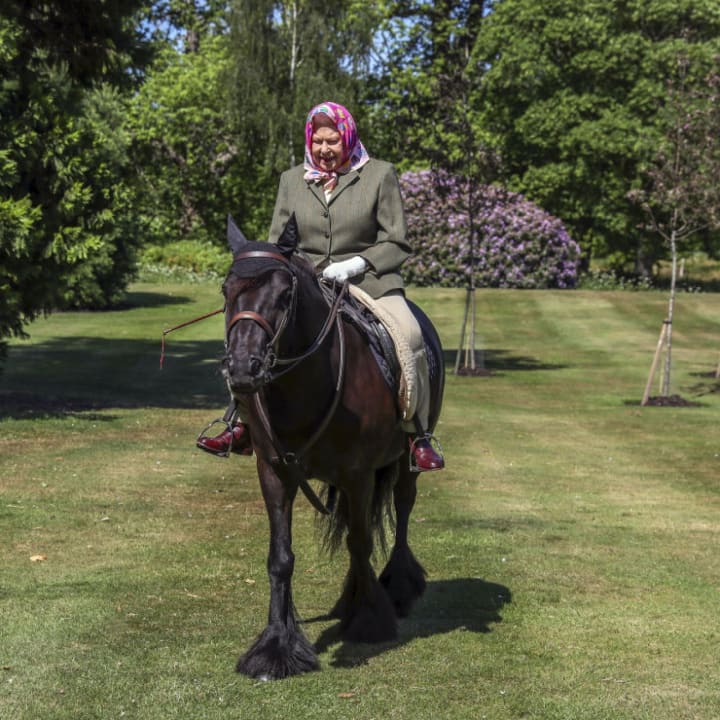
In 1947, Elizabeth married the handsome lieutenant Philip Mountbatten, with whom she had been married for less than 74 years. Their strong, stable, and full-of-love union became a record for the longest relationship of monarchs in the history of Great Britain. Both were distant relatives through Queen Victoria, but before the wedding, Philip had to face criticism from Elizabeth's father and other members of the royal family. The British aristocracy was dissatisfied with the modest fortune of the groom, and the naval sailor Philip was considered an unenviable party. However, time had shown that it was her husband's support and his constant presence nearby that helped Elizabeth become the queen we all know.
Only Philip Elizabeth was allowed to affectionately call her “cabbage” and “sausage”, and in the photographs, you can see that even in old age the couple exchanged loving glances. Shortly before her 95th birthday, the Queen said goodbye to her beloved husband forever - on April 9, 2021, Philip died at the age of 99. His death was an irreparable loss for the whole country.
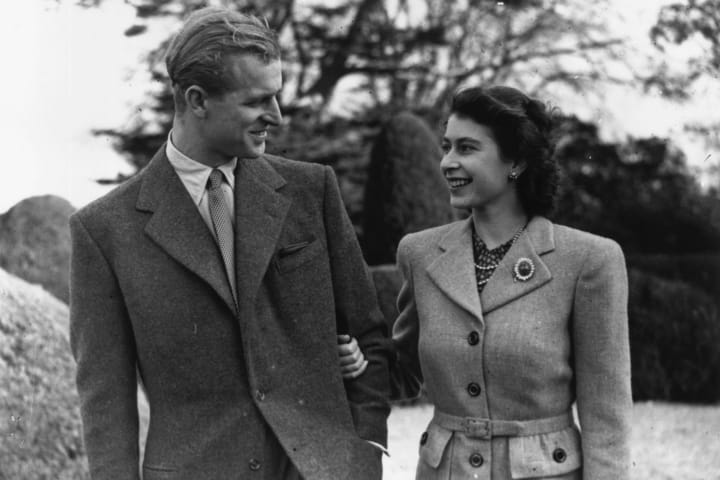
And perhaps everyone knows about the Queen's love for friendly dogs of the Pembroke Welsh Corgi breed. The first corgi was given to Elizabeth by her father for her 18th birthday in 1944, and since then these dogs had become an integral part of the royal court and were strongly associated with the image of Elizabeth II. More than 30 Corgis have grown up in the palace since the coronation, most of which were descendants of Susan, the very first Corgi. The Queen often took the dogs with her on trips and special occasions and even prepared food for them in the kitchen herself if she had time.
Her Majesty took care of each pet with her own hands and did not allow anyone to raise them. The dogs have a huge room with a bath and playroom, insulated sleeping baskets, and personal chinaware. Now out of the whole pack in Windsor Castle, there is only one favorite of the queen - the dorgi (corgi and dachshund mix) Candy, because due to her advanced age, Elizabeth did not plan to start new dogs. However, as the tabloid The Sun reported, in early 2021, the monarch had two corgi puppies: they helped her cope with the crisis during the hospitalization and the last days of Prince Philip.
A certain status imposes certain obligations. Elizabeth II has always been a staunch warrior on her way, a strong monarch and woman, sometimes lonely, sometimes laughing and happy. For many, she had become a symbol of constancy in a rapidly changing world. Elizabeth II was a truly unique Queen, but the time has come to bid farewell to a great era and I want to do this, by remembering the words of the queen, mother, and woman:
"As dark as death can be - particularly for those suffering with grief - light and life are greater."
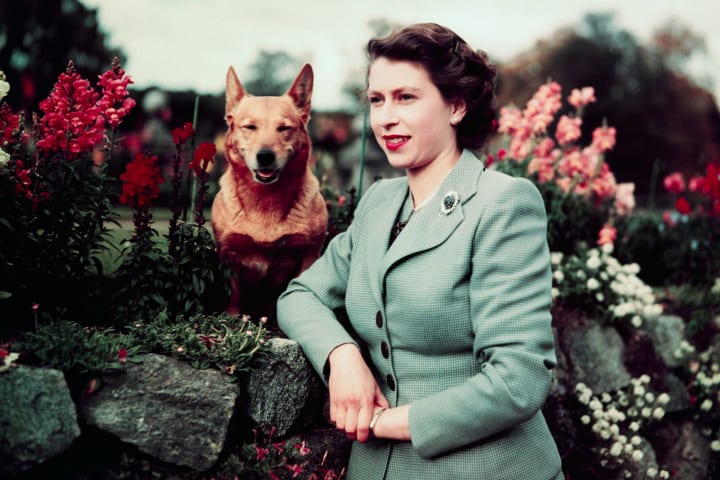

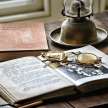




Comments
There are no comments for this story
Be the first to respond and start the conversation.